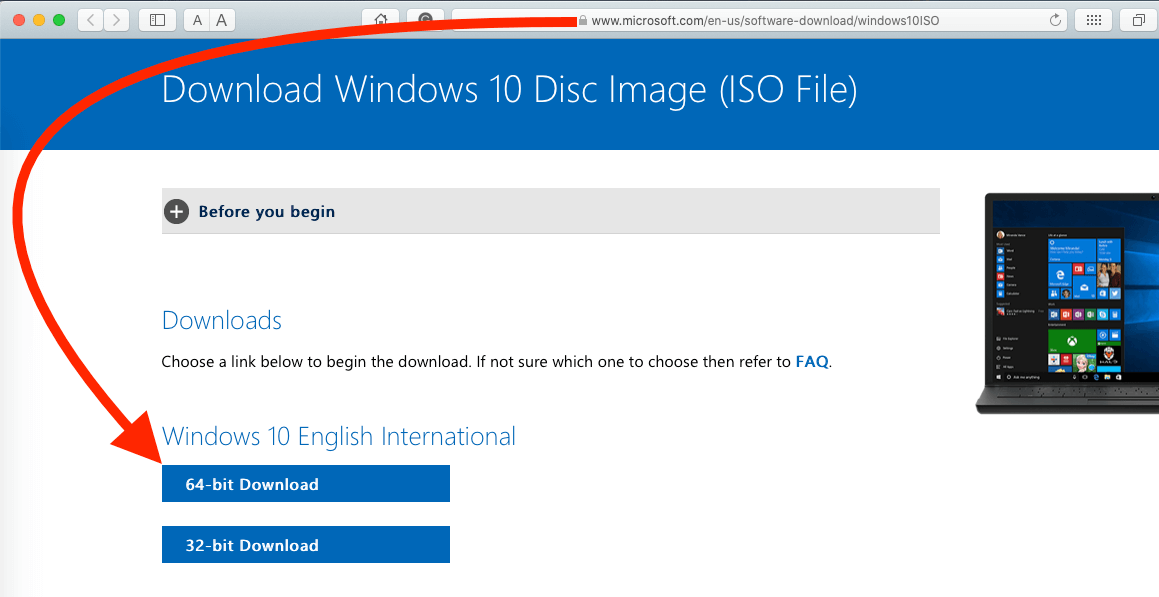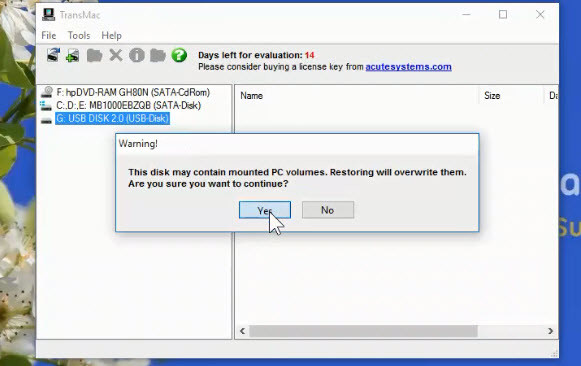

- Use pc to create mac os usb how to#
- Use pc to create mac os usb install#
- Use pc to create mac os usb software#
- Use pc to create mac os usb password#
- Use pc to create mac os usb iso#
Use pc to create mac os usb install#
Create and Use a Bootable macOS USB Install Drive. Tick Windows To Go in the advanced format option, this is an important step, otherwise, Rufus will create a bootable flash drive for standard Windows installation on hard disk. Then, restart your Mac and follow the steps above to boot from the USB drive.
Use pc to create mac os usb iso#
Use pc to create mac os usb software#

A fast USB Flash Drive with at least 64GB storage ( I am using a SanDisk Ultra Fit 128GB).A machine running Windows 7 or later (You can use Virtual Machines if you does not have one).In this article, I am going to introduce another solution to install your Windows workspace in an external drive by leveraging the Windows To Go feature, so you can use Windows in your MacBook without installing any additional software or guest OS on it. I am not a fan of these two as either solution will consume a certain amount of my precious SSD. The most common ways of using Windows in MacBook are either having a Virtual Windows Machine or installing a guest OS on top of your MacBook via the Boot Camp Assistant. However, there are times when we need to use Windows OS for tasks that cannot be completed with macOS, like using Windows-only software and playing PC games.

Follow the instructions when the macOS installer opens.We all love MacBooks, the macOS is fast, highly optimized for the hardware and constantly updated by Apple. Select the volume containing the bootable installer, then select ‘Continue’. Hold the power button until you see the startup options window. Make sure this machine is connected to the internet and supports the macOS version you’re installing. Click ‘Continue’ and follow the instructions.įirst, plug the bootable installer into the Mac you wish to install macOS. Select ‘Install macOS’ or ‘Install OS X’ from the Utilities window. Select the volume that contains the bootable installer. Release the ‘Option’ key when you see a dark screen showing your bootable volumes. Press and hold the ‘Option’ key after turning on or restarting the Mac. Plug the bootable installer into a Mac that’s connected to the internet and is compatible with the macOS version you’re installing. The steps are different, depending on whether you're using an Intel-based Mac or one with Apple silicon. It's now time to use the bootable installer to install a fresh copy of macOS.
Use pc to create mac os usb how to#
You've made it to the final step of learning how to install macOS from a USB. You've now successfully created a bootable installer that you can use to install macOS on other machines. If asked, click 'OK' to allow the copying of files to proceed. Type 'Y' to confirm that you want to erase the volume, then press 'Return'.
Use pc to create mac os usb password#
Type your administrator password when prompted, then press 'Return' again. Continue with TerminalĪfter pasting the command above, hit the 'Return' key. Change the name in the command to match your settings, if necessary.įor macOS Big Sur, copy and paste the following into Terminal: sudo /Applications/Install\ macOS\ Big\ Sur.app/Contents/Resources/createinstallmedia -volume /Volumes/MyVolumeįor macOS Catalina: sudo /Applications/Install\ macOS\ Catalina.app/Contents/Resources/createinstallmedia -volume /Volumes/MyVolumeįor macOS Mojave: sudo /Applications/Install\ macOS\ Mojave.app/Contents/Resources/createinstallmedia -volume /Volumes/MyVolumeįor macOS High Sierra: sudo /Applications/Install\ macOS\ High\ Sierra.app/Contents/Resources/createinstallmedia -volume /Volumes/MyVolumeįor OS X El Capitan: sudo /Applications/Install\ OS\ X\ El\ Capitan.app/Contents/Resources/createinstallmedia -volume /Volumes/MyVolume -applicationpath /Applications/Install\ OS\ X\ El\ Capitan.app 3. With each command, it's assumed the installer is located in your 'Applications' folder and 'MyVolume' is the name of the USB flash drive. The command differs, depending on the macOS version you're going to install. In the next step, you'll enter a command in Terminal. Choose 'Finder' then select 'Go' from the menu bar. Connect the USB flash drive to the computer you wish to install macOS. Once you have your bootable installer ready, it's time to move to the next step.


 0 kommentar(er)
0 kommentar(er)
